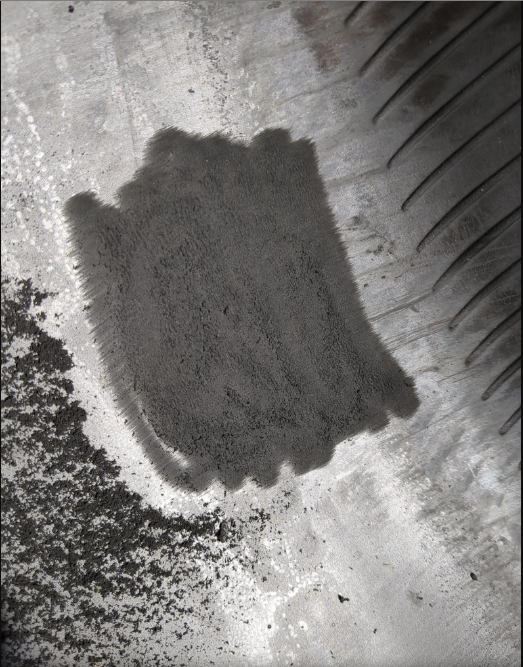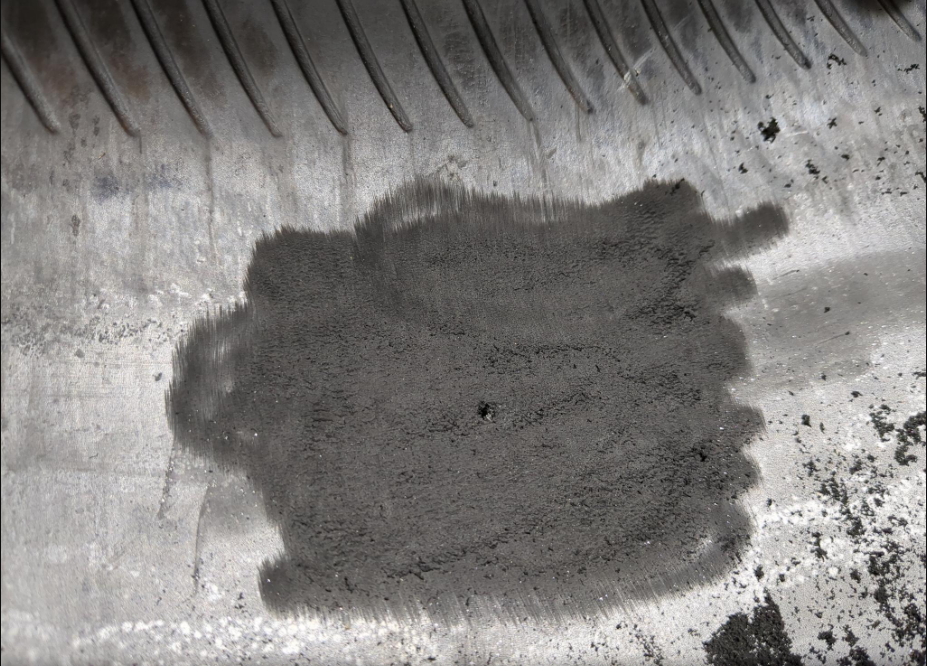I did a rotate, rebalance, and flat repair on my 2001 chevy suburban. It needed the rotate, and I’ve been feeling a vibration. My right rear tire, now the right front, was starting to lose air, and low and behold, there was a nail. I’ll go over the process on how to fix the tire:
-
Dismount it. I’ll make a video on how to manually dismount a tire. It’s not hard, but you’ll likely scratch your rims.
-
Locate the damage.


- Extract whatever the object is.

- Buff the area lightly around the hole, large enough so that your patch has enough space. You need to buff the area so that the patch has a nice flat and relatively roughed up surface to adhere to after you apply the glue. Don’t buff too hard; if you expose the cords underneath the inner liner, you could cause a tread separation.

- I prefer to use a plug patch, as opposed to flat patches. It’s a more permanent patch, and they seldom ever leak. Drill a hole that is roughly the same diameter has your plug with a carbide tip drill. Be careful not to drill too long, as the carbide tip will get hot, and melt the rubber. Apply some repair glue, also known as a vulcanizing compound, to the area, and allow it to fully dry before pulling the patch through.

 Take notice of the surface before and after using the glue. The glue will aid the patch in adhering to the inner liner. Failure to use the glue, or allow it to fully dry, may result in the patch leaking.
Take notice of the surface before and after using the glue. The glue will aid the patch in adhering to the inner liner. Failure to use the glue, or allow it to fully dry, may result in the patch leaking.
- Use a stitching tool, or a lot of pressure with your hand, to fully seat the patch. Tear off the sticker on top.

- The last step is a personal preference, though you don’t have to use it if you’ve done everything listed above. Apply some overbuff compound to the patch/buffed area. It’s basically a rubber compound that will help seal the patch.

I have access to a buffing tool and tire spreader, but none of those things are all that expensive if you plan on doing this at home. You don’t need them to do this sort of repair either. Most autoparts stores carry patches similar to this, and the small hand buffer they provide isn’t fun to use, but you can use it to patch your tires. I’ve used those same parts store kits to patch my motorcycle tires, before I had access to a shop with this equipment, and I’m still riding well on those tires. The key is to buff the area, not overbuff it, and allow the patch glue to set before you stitch it on.
Some things to look at for while repairing the damage:
-
Sidewall punctures: You cannot repair sidewhall punctures, as the sidewall flexes while the vehicle is moving, and will cause the patch to fail. Furthermore, if the cords in the sidewall are damaged, the flexing of the sidewall while the vehicle is moving could cause more cords to fail, which could eventually result in a blowout. If there’s something in the sidewall, the tire is essentially unrepairable. Most shops are pretty strict about what constitutes sidewall, and usually won’t repair anything outside of the tread grooves in the center of the tread. I consider sidewall anything that is below the tread on the tire, and frequently nails will get picked up there, and puncture into the tread itself, rather than sidewall.
-
Cords exposed on the inside due to the damage: I’ve see punctures that, on the outside, look just like my puncture. However, on the inside, the nail bent, and caused damage to expose chords on the inside. A singular hole puncture is easily repairable, especially with a plug patch. However, cords exposed outside of the puncture will eventually lead to tread separation.
-
Overbuff: If you are buffing with a pneumatic buffer, be sure to go slow,and press lightly. Some inner liners of tires are exceptionally thin, especially on Michelin and Bridgestone tires, and exposing cords via buffing is too easy. You can get away with a little bit of overbuffing, provided you apply two layers of rubber cement. However, if you overbuff too much, the tread will separate, and could cause a blowout.
I’ve had people ask me if it’s safe to drive on a repaired tire. The answer is yes. Like I said above, I’ve repaired my motorcycle tires with the same methods, and I ride those things all the time.